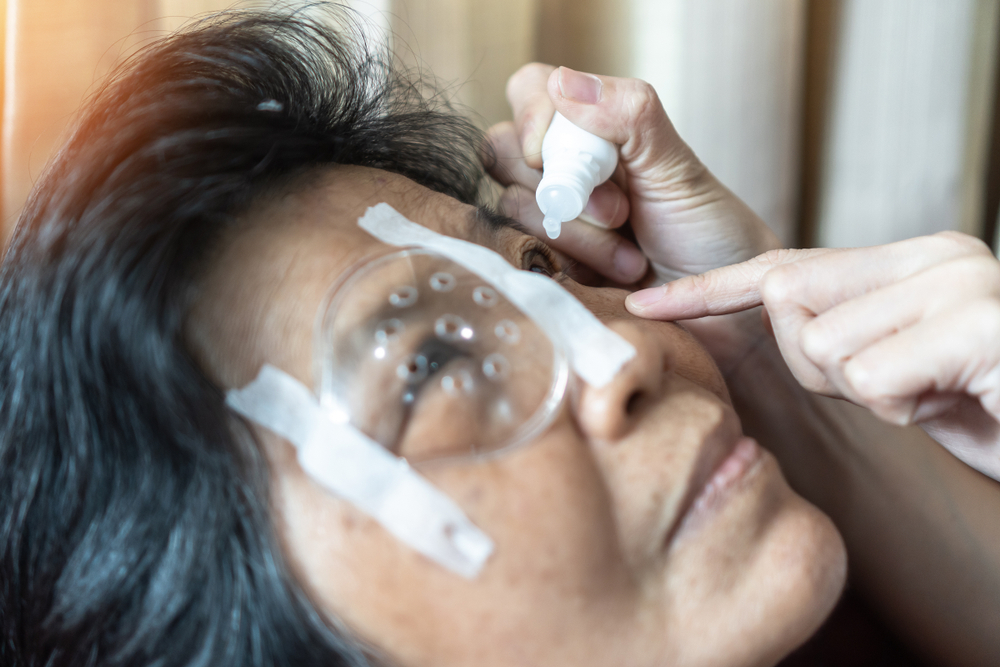Aortic valve stenosis treatment without surgery
Aortic valve treatment primarily involves surgical aortic valve replacement (SAVR), which can be open-heart or minimally invasive, or transcatheter aortic valve replacement (TAVR), a less invasive procedure that uses a catheter. For some conditions, aortic valve repair may be an option, while less invasive methods like balloon valvuloplasty can be used as a temporary or palliative treatment. Medications can help manage symptoms and related conditions like heart failure but cannot cure the valve disease itself.

Managing aortic valve stenosis without surgical intervention has become increasingly viable through a combination of medical therapies, lifestyle modifications, and minimally invasive procedures. Healthcare professionals now have multiple tools at their disposal to help patients maintain heart function and alleviate symptoms while avoiding the risks associated with traditional surgery.
Medical management forms the cornerstone of non-surgical treatment, focusing on controlling symptoms and slowing disease progression. Medications such as diuretics help reduce fluid buildup, while ACE inhibitors can lower blood pressure and reduce strain on the heart. Beta-blockers may be prescribed to control heart rate and rhythm, though they require careful monitoring in stenosis patients. Additionally, statins and other cholesterol-lowering medications can help prevent further valve calcification and reduce cardiovascular risk factors.
What are the end stages of aortic stenosis
The progression of aortic valve stenosis occurs gradually over years, with the end stages characterized by severe symptoms and significant valve narrowing. In advanced stages, patients typically experience shortness of breath during minimal exertion, chest pain, dizziness, and fainting episodes. The valve opening may be reduced to less than one square centimeter, creating dangerous pressure differences across the valve. Without intervention, end-stage aortic stenosis can lead to heart failure, dangerous arrhythmias, and sudden cardiac death. However, recognizing these warning signs early allows healthcare providers to implement appropriate treatment strategies before reaching critical stages.
Is aortic valve replacement dangerous
Traditional surgical aortic valve replacement carries inherent risks, particularly for elderly patients or those with multiple health conditions. Potential complications include bleeding, infection, stroke, kidney problems, and complications from general anesthesia. The mortality risk varies depending on patient age and overall health status, ranging from 2-5% in low-risk patients to significantly higher percentages in high-risk individuals. Recovery typically requires several weeks to months, with restrictions on physical activity during the healing process. These risks have driven the development of less invasive alternatives that can achieve similar outcomes with reduced complications.
Aortic valve stenosis diagnosis and treatment approaches
Accurate diagnosis relies on comprehensive evaluation including physical examination, echocardiography, and sometimes cardiac catheterization. Echocardiograms measure valve area, pressure gradients, and left ventricular function to determine stenosis severity. Exercise stress testing may be performed in asymptomatic patients to assess functional capacity and reveal hidden symptoms. Once diagnosed, treatment planning considers symptom severity, valve anatomy, surgical risk factors, and patient preferences. Non-surgical options include balloon valvuloplasty, transcatheter aortic valve replacement (TAVR), and comprehensive medical management tailored to individual patient needs.
Minimally invasive procedures and alternatives
Transcatheter aortic valve replacement (TAVR) has revolutionized treatment for patients unsuitable for traditional surgery. This procedure involves inserting a new valve through a catheter, typically via the femoral artery, without opening the chest. TAVR can be performed under conscious sedation with significantly shorter recovery times compared to open surgery. Balloon aortic valvuloplasty, while providing temporary relief, can serve as a bridge to more definitive treatment or palliation for extremely high-risk patients. These procedures require specialized cardiac catheterization facilities and experienced interventional cardiologists.
Lifestyle modifications play a crucial supporting role in non-surgical management. Patients benefit from regular monitoring by cardiologists, maintaining appropriate activity levels while avoiding strenuous exertion, following heart-healthy diets low in sodium and saturated fats, and managing other cardiovascular risk factors such as diabetes and hypertension. Dental hygiene becomes particularly important to prevent bacterial endocarditis, and patients may require antibiotic prophylaxis before dental procedures.
Monitoring and long-term care strategies
Successful non-surgical management requires ongoing monitoring through regular echocardiograms, symptom assessment, and functional evaluations. Healthcare teams track valve function changes, left ventricular performance, and symptom progression to determine if treatment adjustments are needed. Patient education about warning signs ensures prompt medical attention when symptoms worsen. Coordinated care between cardiologists, primary care physicians, and other specialists optimizes outcomes and quality of life for patients choosing non-surgical approaches.
Non-surgical treatment of aortic valve stenosis continues evolving with advancing medical technology and improved understanding of disease progression. While not all patients are candidates for non-surgical approaches, these options provide valuable alternatives for those seeking to avoid traditional surgery while maintaining heart function and symptom control.
This article is for informational purposes only and should not be considered medical advice. Please consult a qualified healthcare professional for personalized guidance and treatment.




